Rachel Ruysch is one of the most outstanding still life flower painters to emerge from a nation that was not short on artistic talent.
Her paintings show meticulous attention to detail and botanical accuracy, as well as astonishing beauty. She painted at a period in Dutch history when the growing middle classes wanted to furnish their domestic interiors with beautiful paintings that, in the harsh northern winters, would remind them of warmer times to come.
Perhaps, too, these paintings represented the fragility of life.


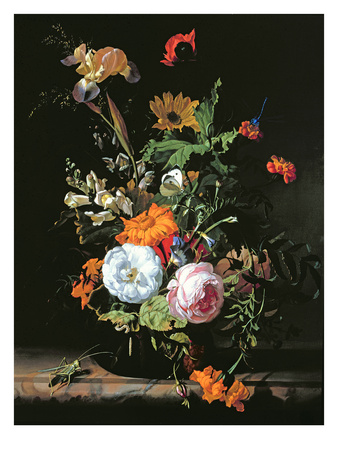
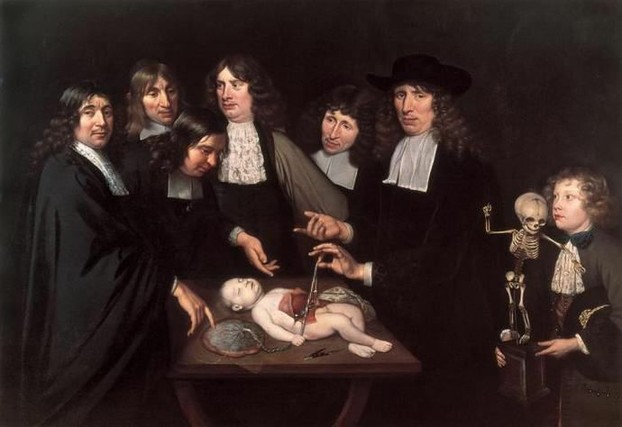
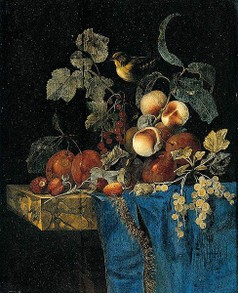
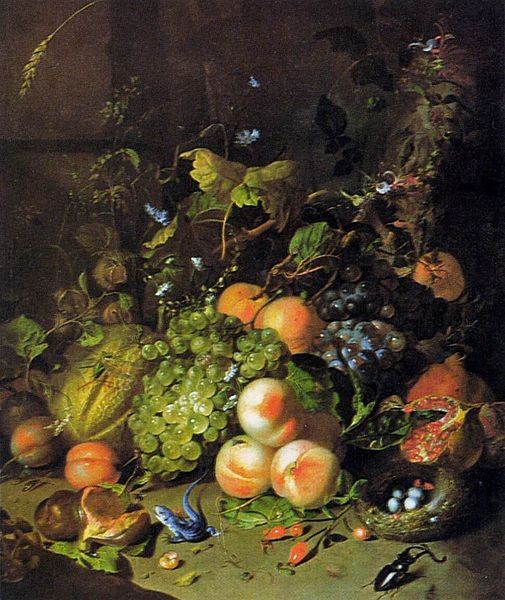
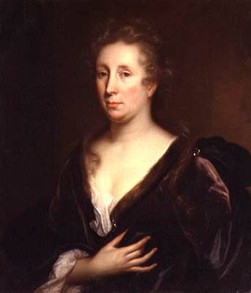



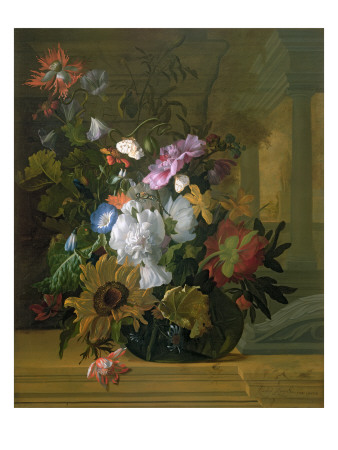
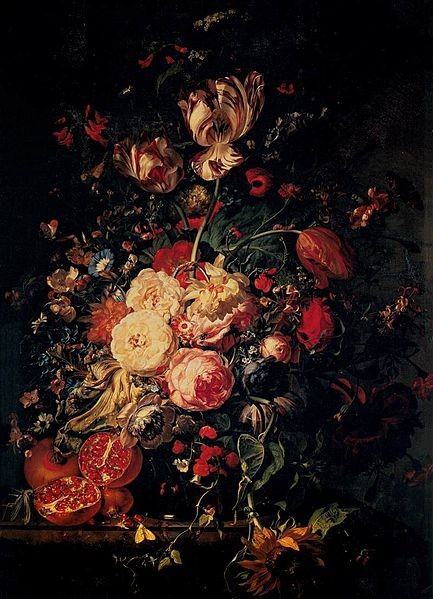
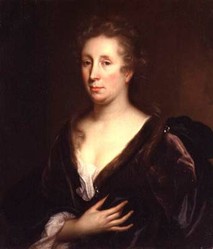

 How to Choose a Walking Cane or Stickon 08/01/2014
How to Choose a Walking Cane or Stickon 08/01/2014
 Michael Miller Fabulous Fabric Swatches for Quilting, Crafts etcon 07/02/2014
Michael Miller Fabulous Fabric Swatches for Quilting, Crafts etcon 07/02/2014
 The Drama of Life in the Rock Poolon 06/08/2014
The Drama of Life in the Rock Poolon 06/08/2014
 The Flâneur - Symbol of Modernity in 19th Century Parison 05/09/2014
The Flâneur - Symbol of Modernity in 19th Century Parison 05/09/2014

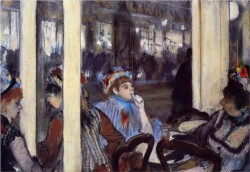
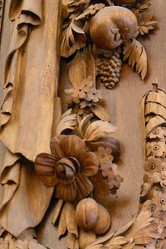
Comments